Combe Martin SAC member Dan Welch enjoyed a cracking session out on his boat landing numerous pollack over 5lb the biggest 7lb 8oz even managed a couple codling to 5lb 12oz all caught on lures.
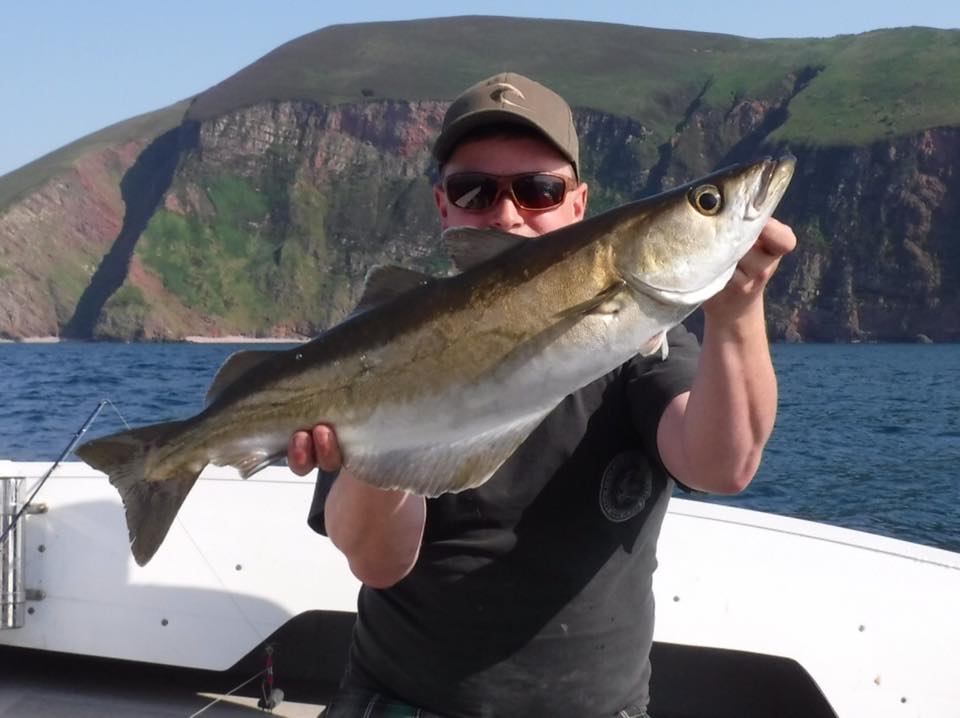
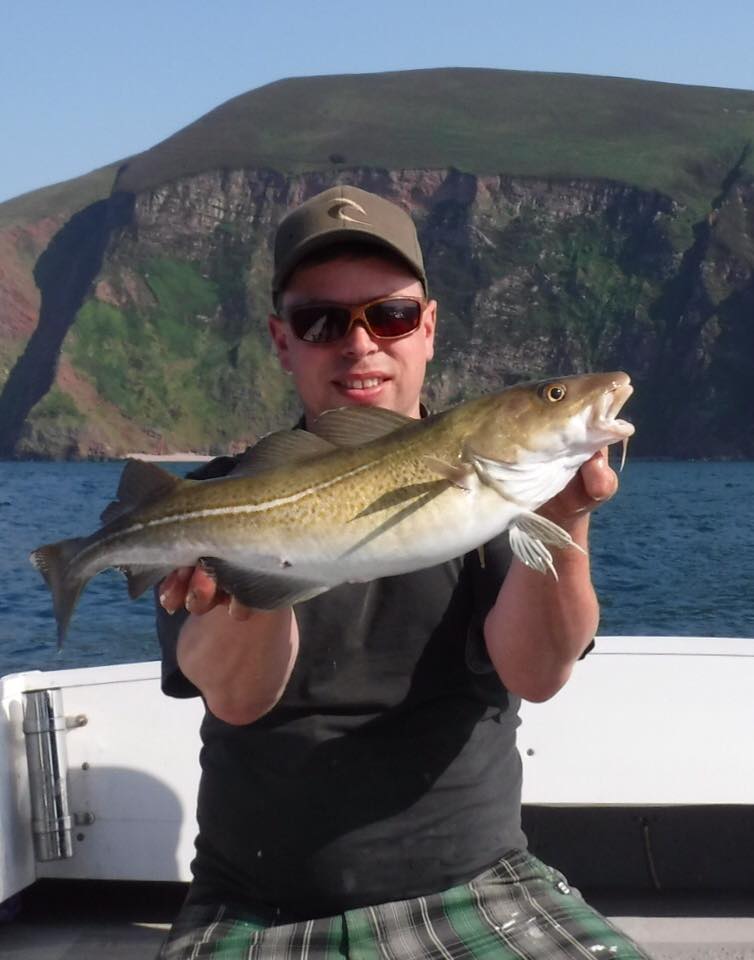
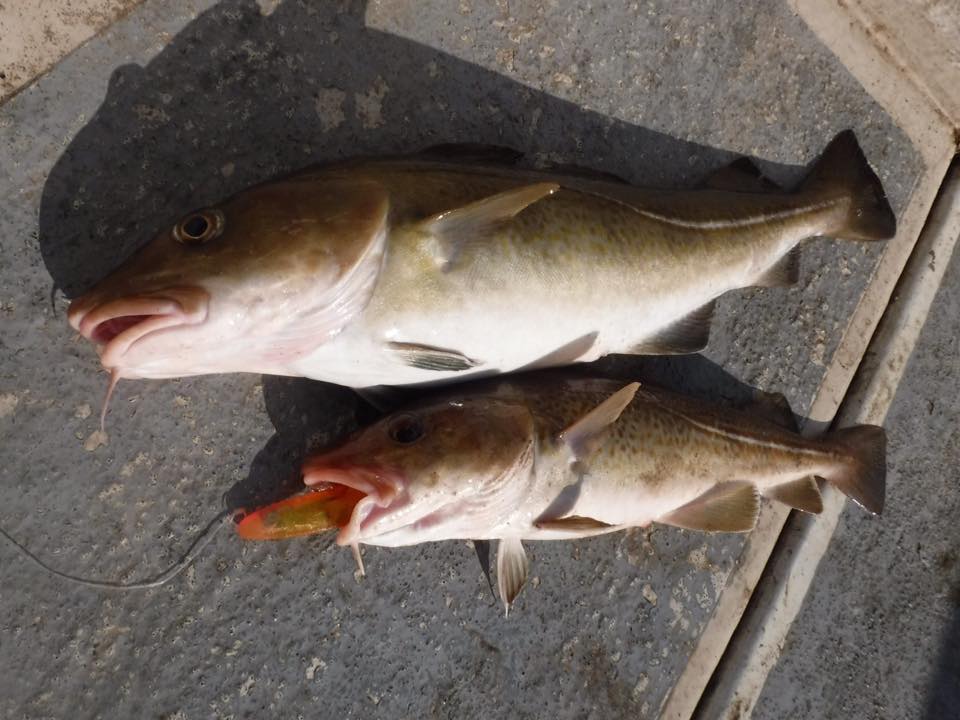
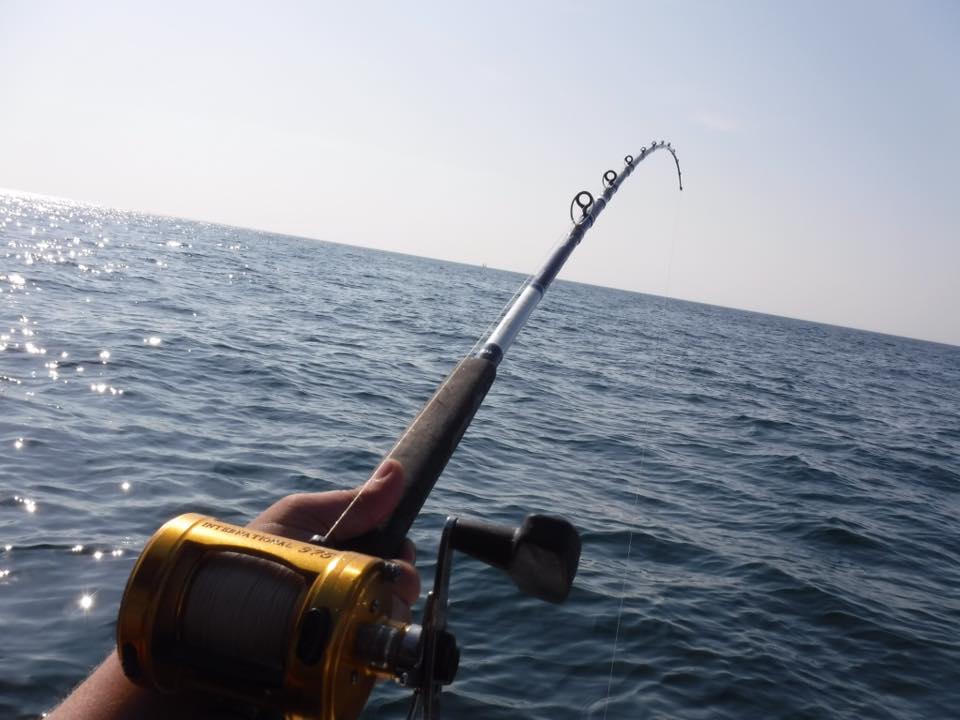
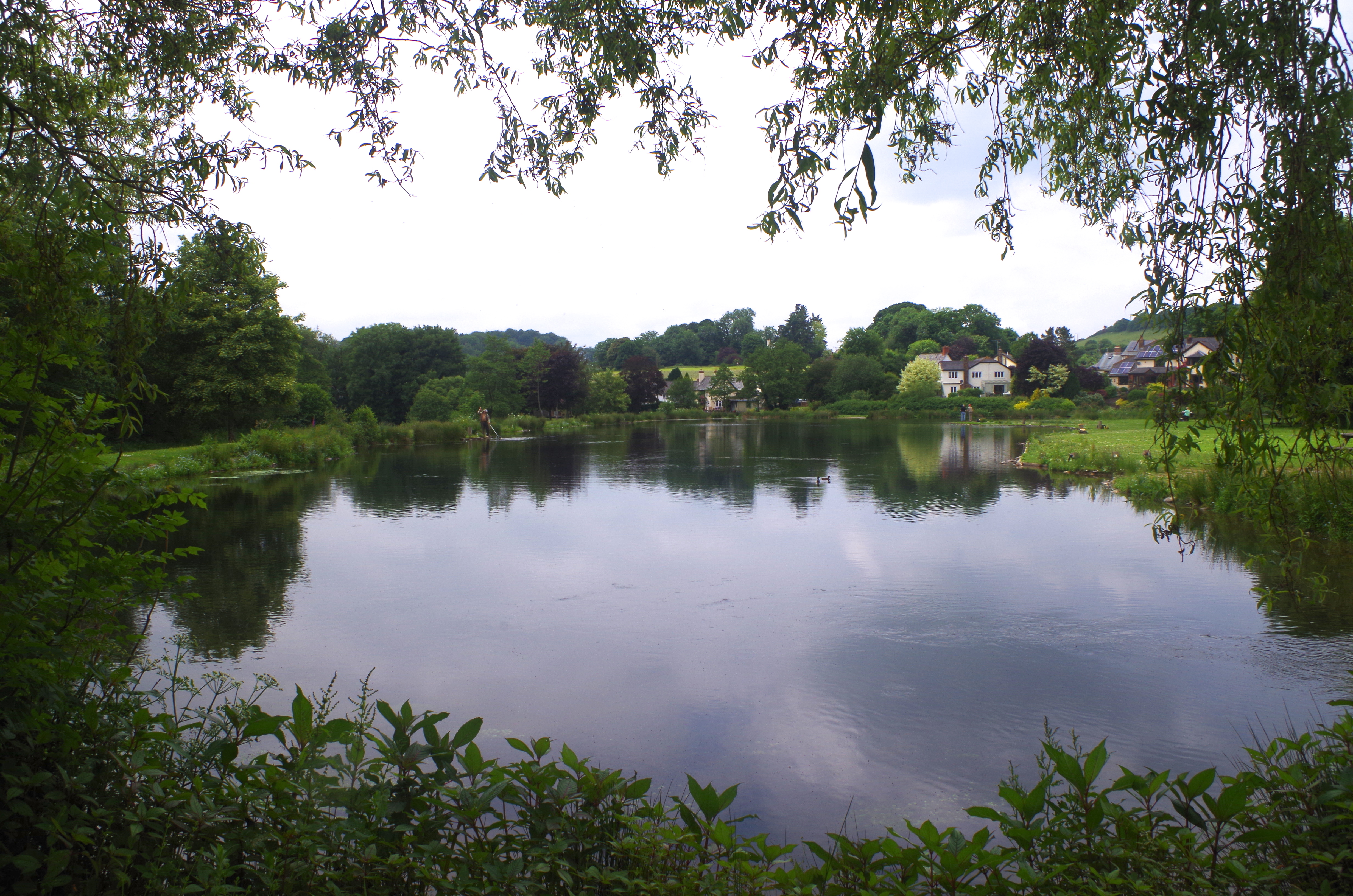
I joined members of Wistlandpound Fly Fishing Club at Exe Valley Fishery on Sunday June 10th and with a sunny day in prospect I wondered how hard the fishing would be as blue skies and sunshine are not always an ideal recipe for good sport. It was great to arrive and meet up with Nick Hart who manages the fishery with his wife Sue. Nick and I always have plenty to discuss and it was a while since we had last met and there was plenty to catch up on especially with NIck now working away in a prestigious role with Farlow’s in London.
Exe Valley has introduced an enlightened day ticket strategy that incorporates catch and release with catch and kill offering a wide range of options at different prices. The club members elected to purchase a three fish ticket that entitled the angler to retain three trout and then continue fishing releasing the next three trout. Catch and release fishing is strictly barb-less hooks, rubber meshed nets and fish to be returned as soon as possible with minimal handling.
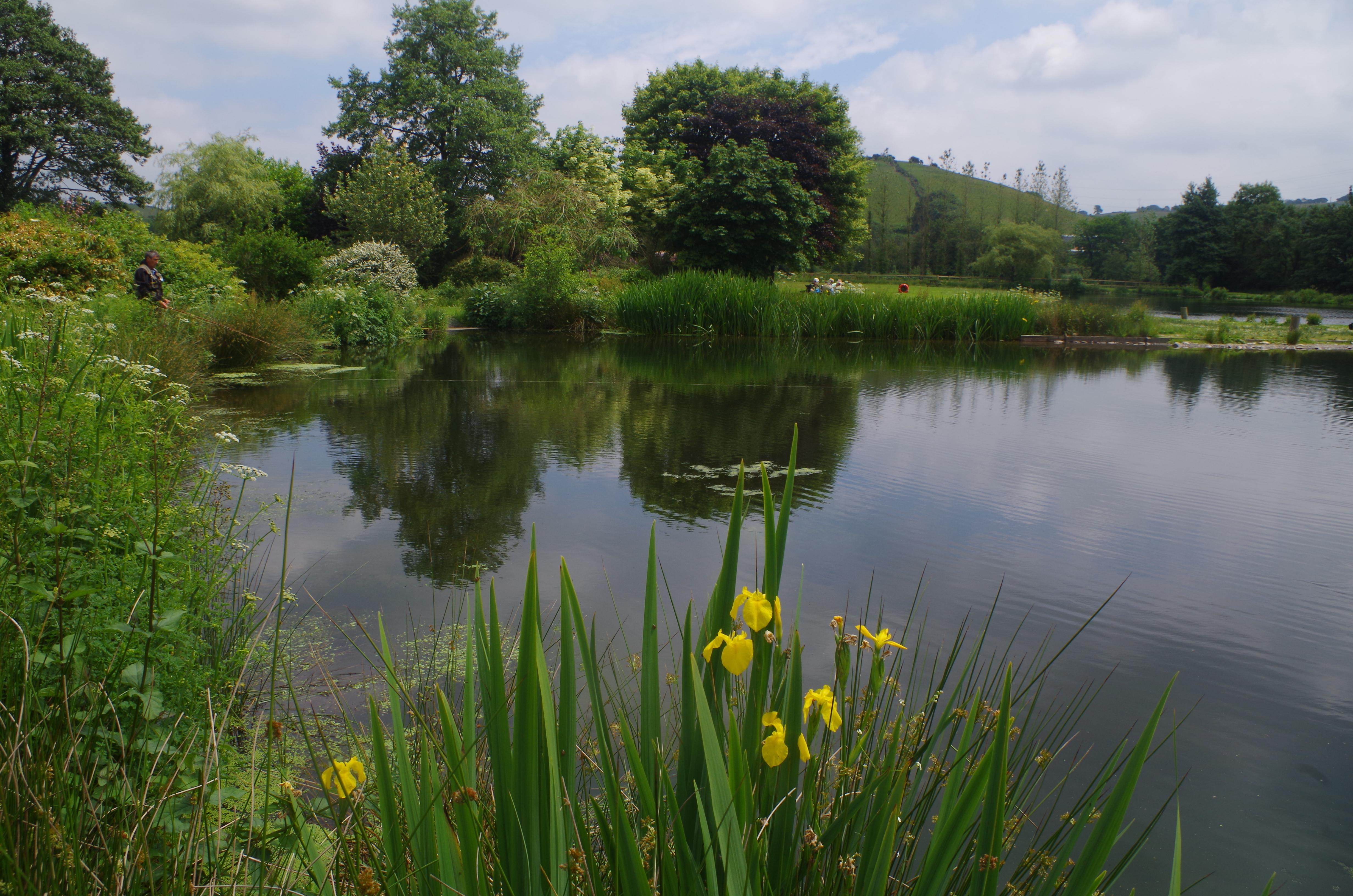
After chatting with Nick almost half an hour of the competition had already passed by before I strolled out to the lake that looked stunning on this hazy summers day. Several members had already caught their three fish quota and were enjoying a chat and a drink from their flasks.
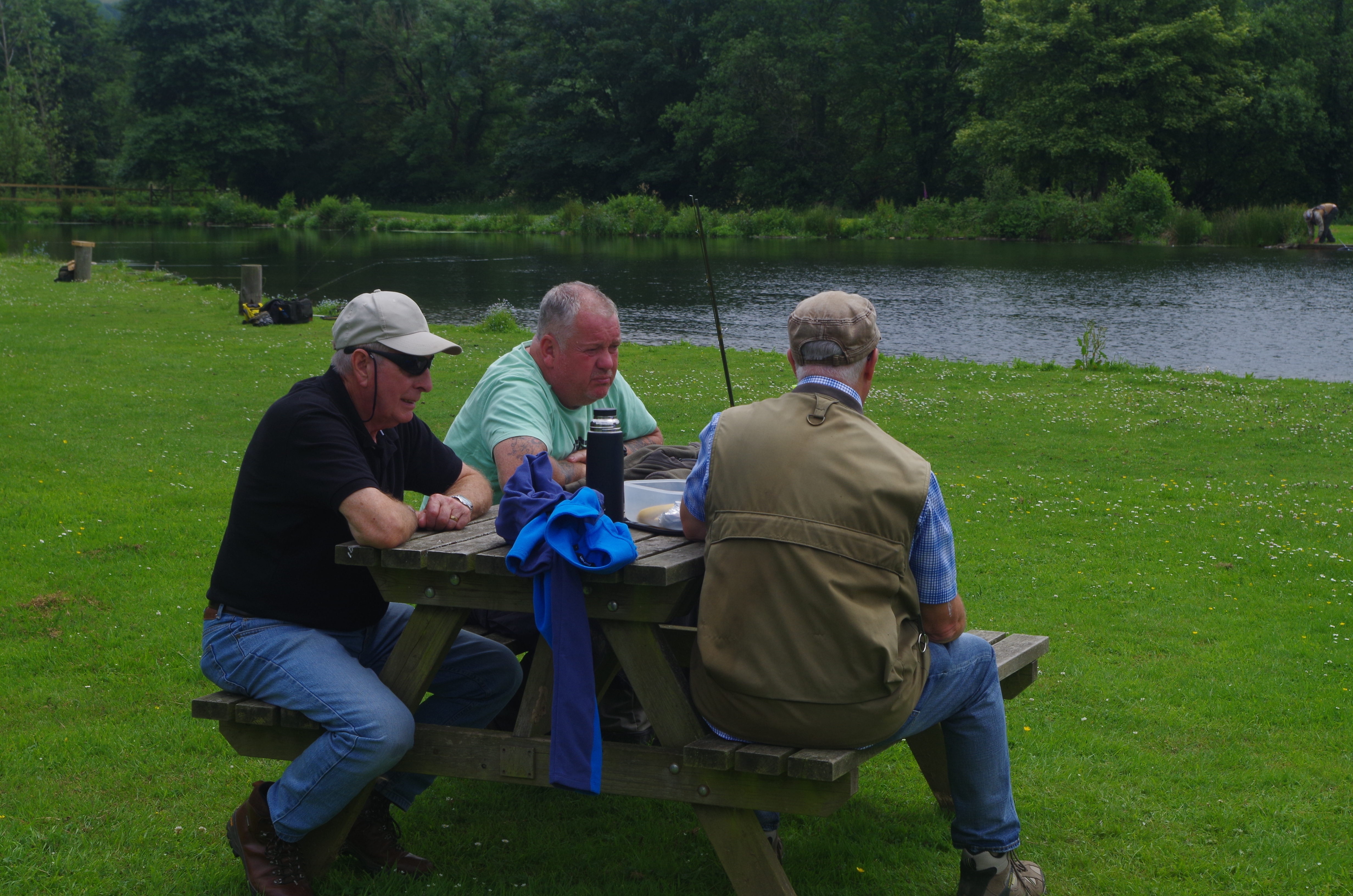
With trout rising freely all around I decided on using a light weight outfit presenting a small Cul de canard dry fly pattern on a 4lb tippet.
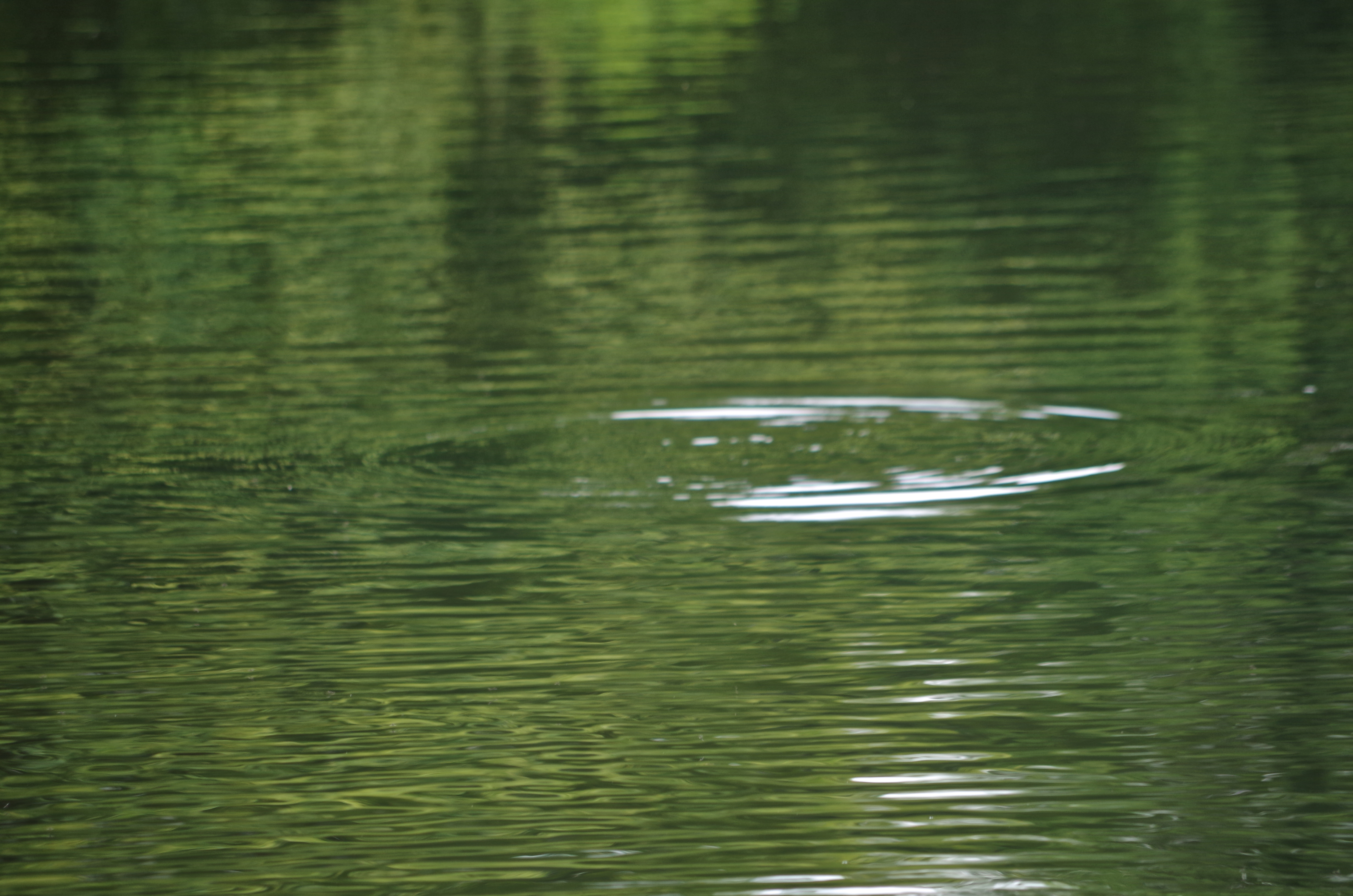
Casting to individual rising fish it was not long before I enjoyed the satisfaction of connection as a trout leisurely devoured the dry fly in that delightful moment of deception savored by trout anglers over many decades.
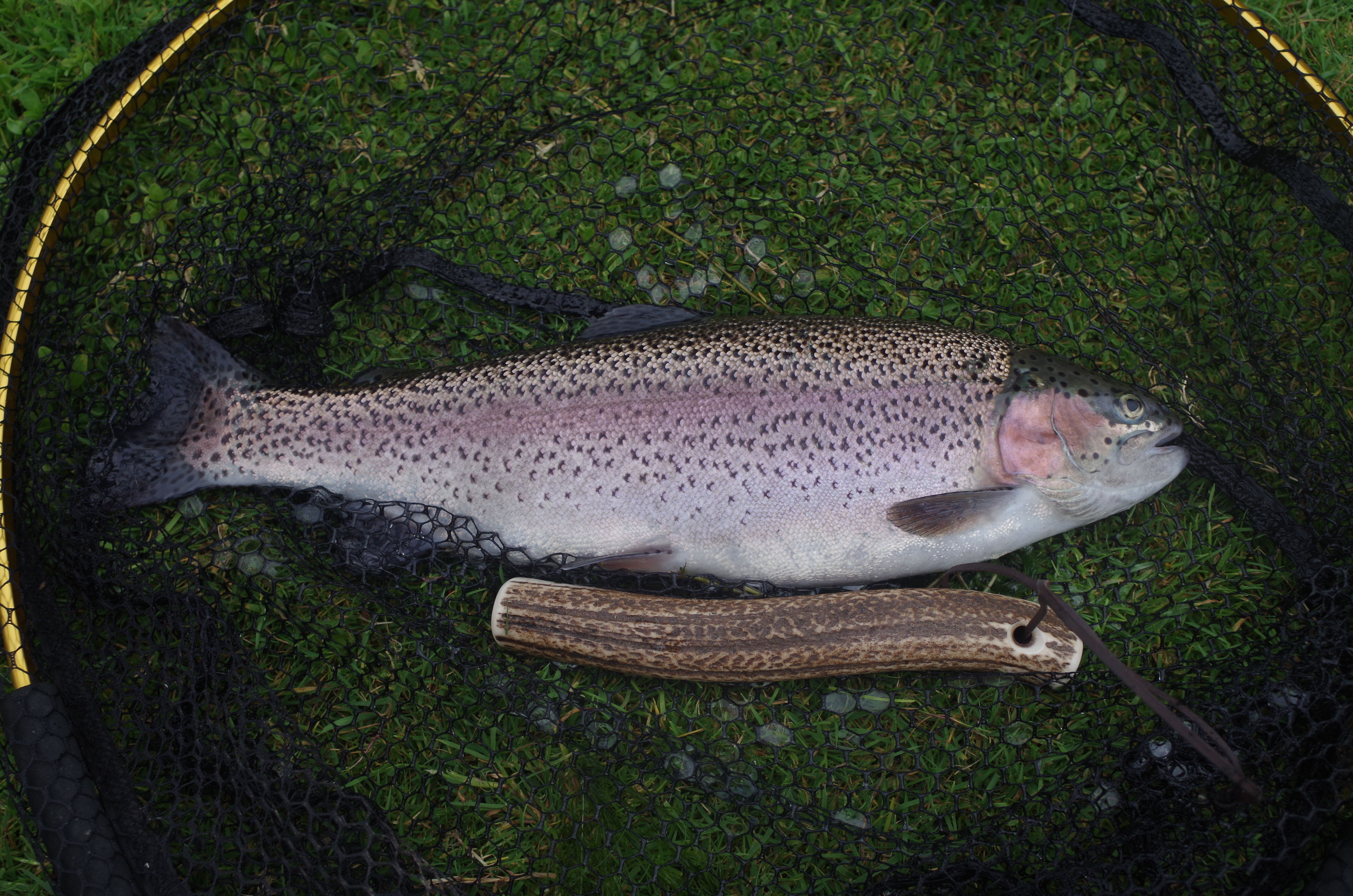
A few yards along the bank fellow club member Nigel Bird was also enjoying dry fly action practicing catch and release after completing his three fish quota.
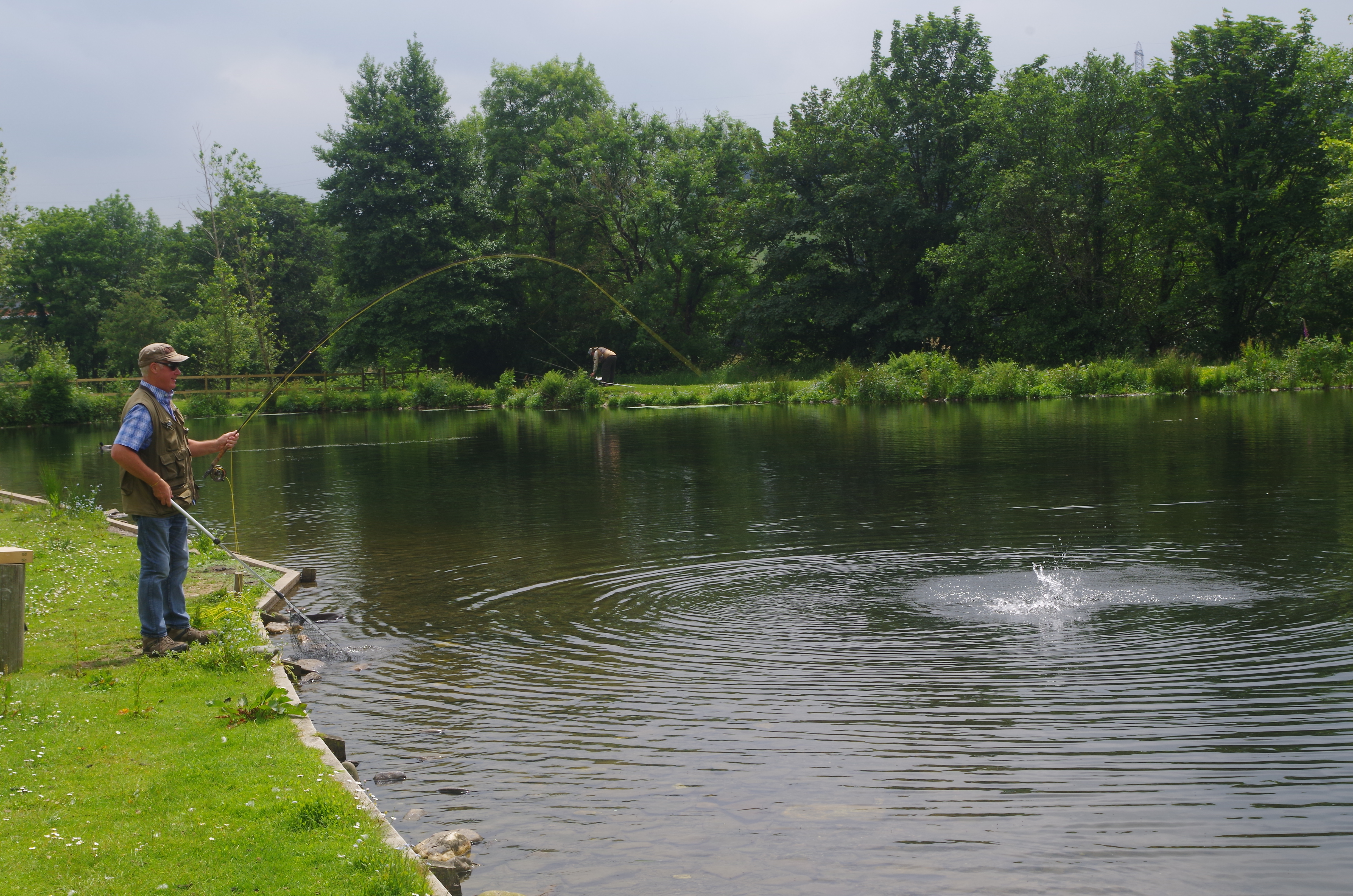
Two more trout succumbed to my dry fly in quick succession and gave spirited tussles on the light tackle I was employing. Casting a dry fly to individual feeding fish was great fun and very rewarding fishing. The last of my three fish on catch and release proved to be my best trout of the day and I estimated it at just over three pounds a fish that made my reel sing as it tested my light weight outfit.
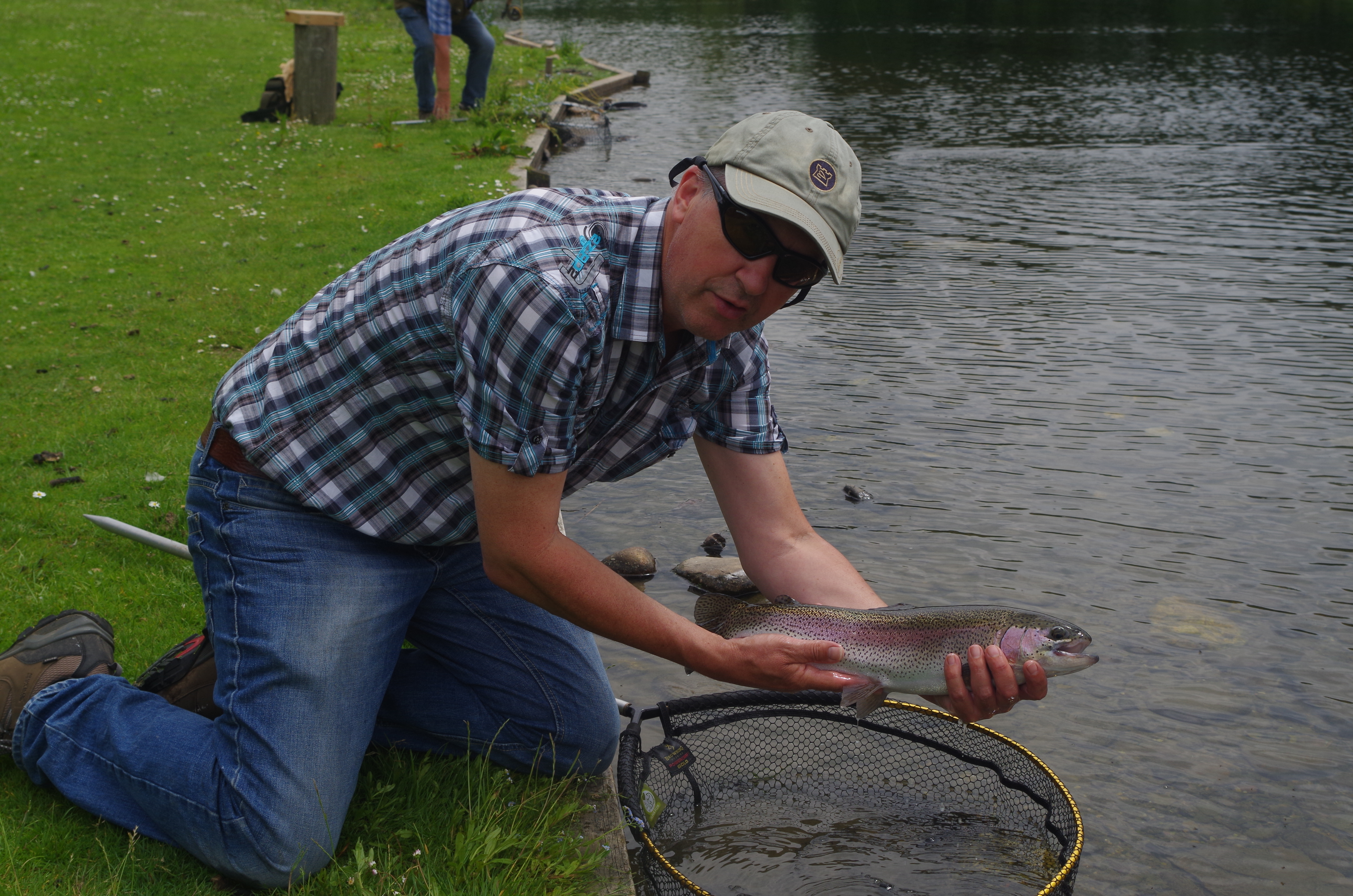
With my fishing over for the day it was time to take a stroll around the lake with my camera and capture a few images of this delightful fishery.
Vivid flag Iris brought a pleasing splash of yellow whilst brightly coloured damsel flies flitted amorously amongst the lakeside reeds and lush plants.
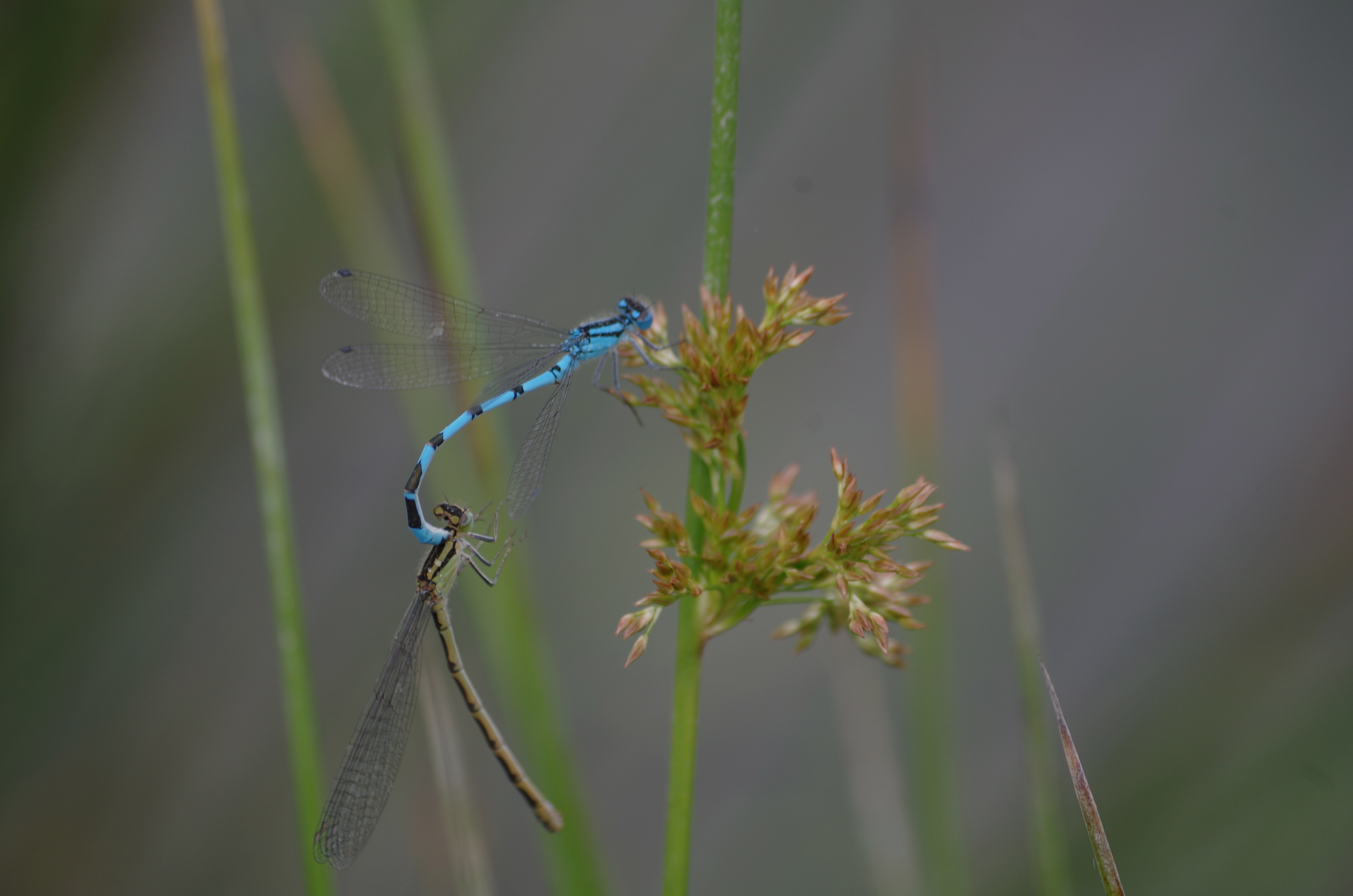
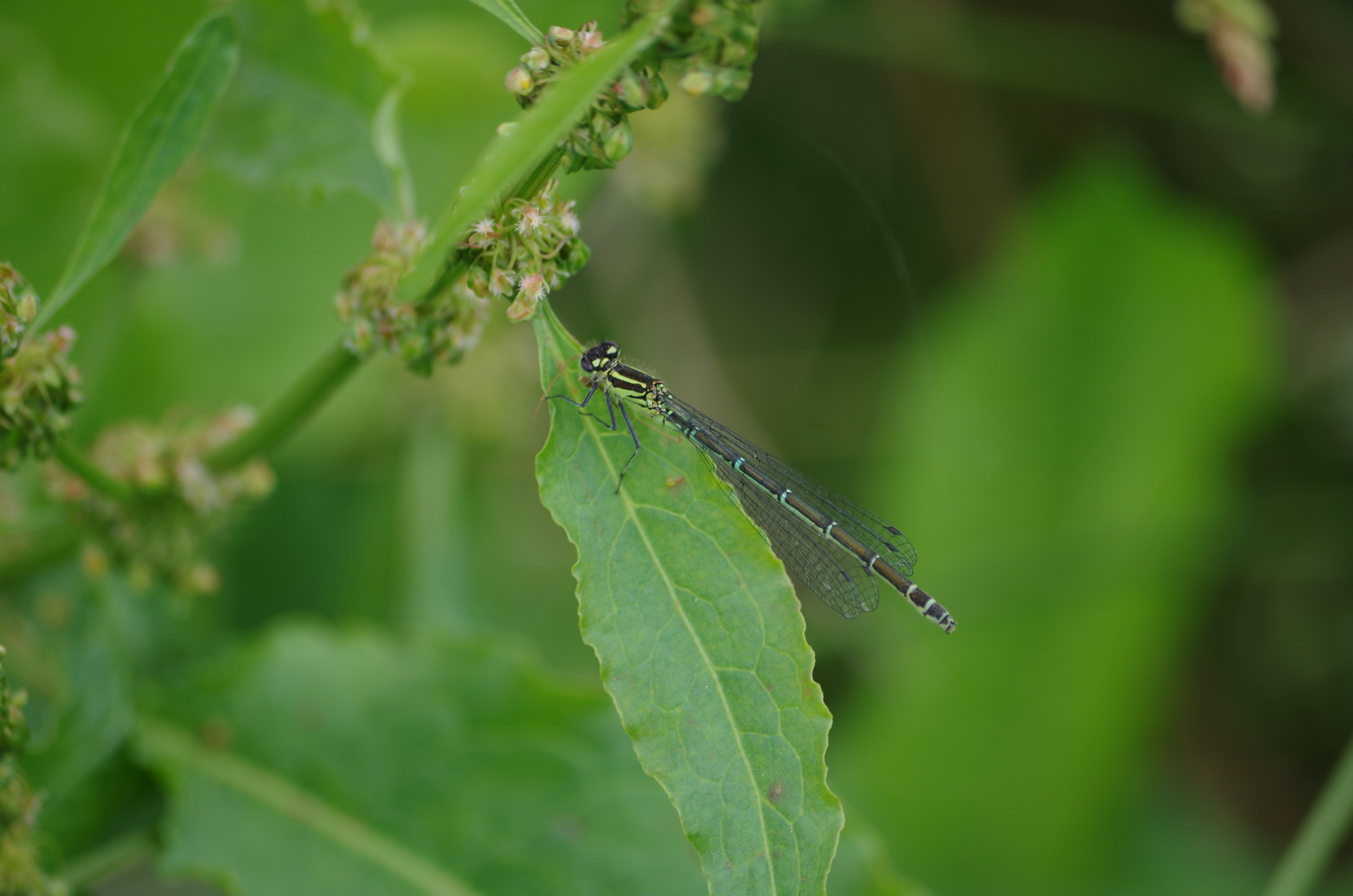
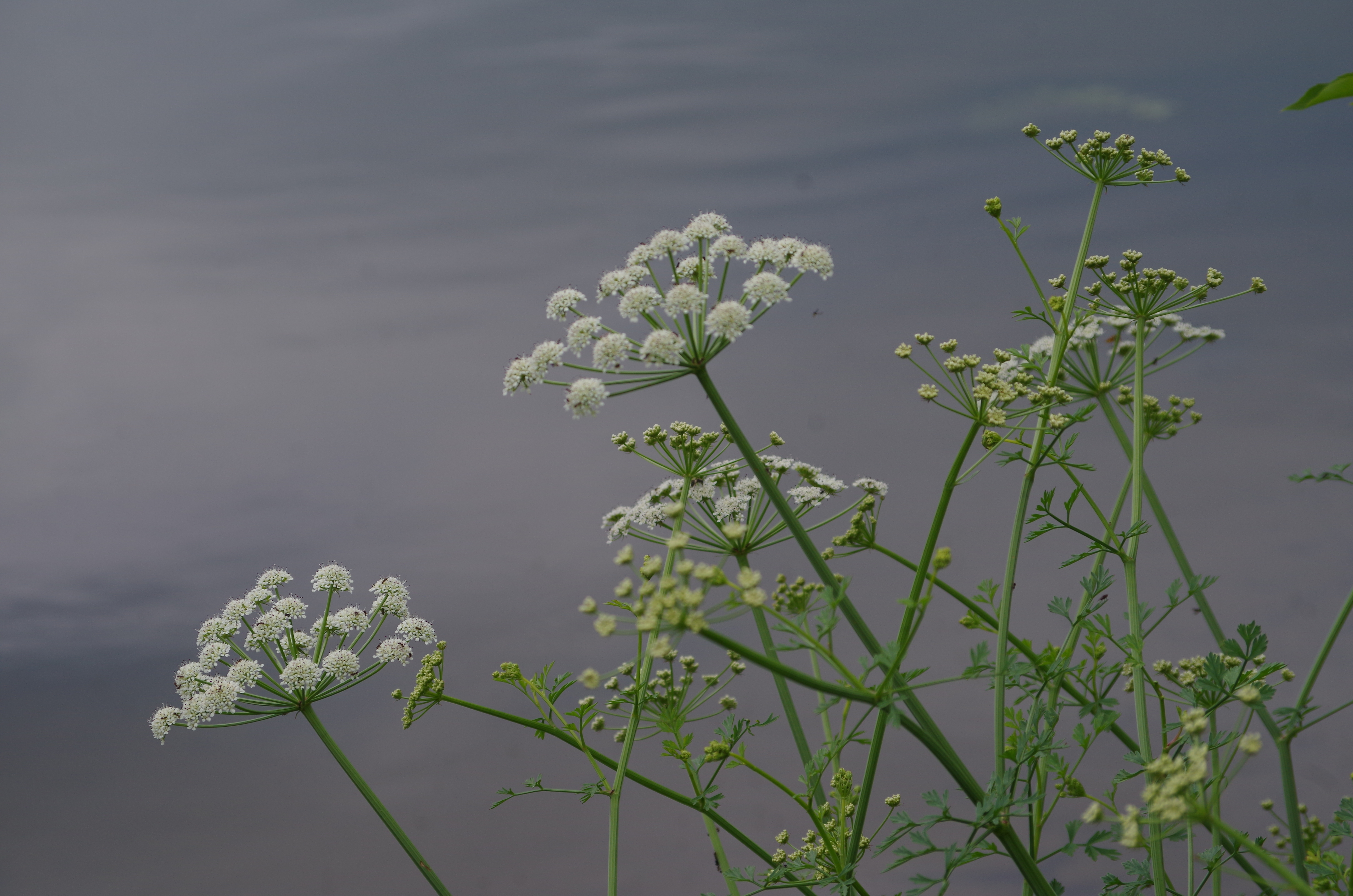
By early afternoon all members had caught their allocation of three trout and it was time to weigh in. Winner by a very large margin was Dave Richards with a three fish bag of 18lb 4oz that included a fine brace of rainbows caught within his first few casts weighing 8lb 8oz and 7lb 8oz.
Runner up was Dave Mock with 8lb and third Colin Combe with 6lb 12oz.
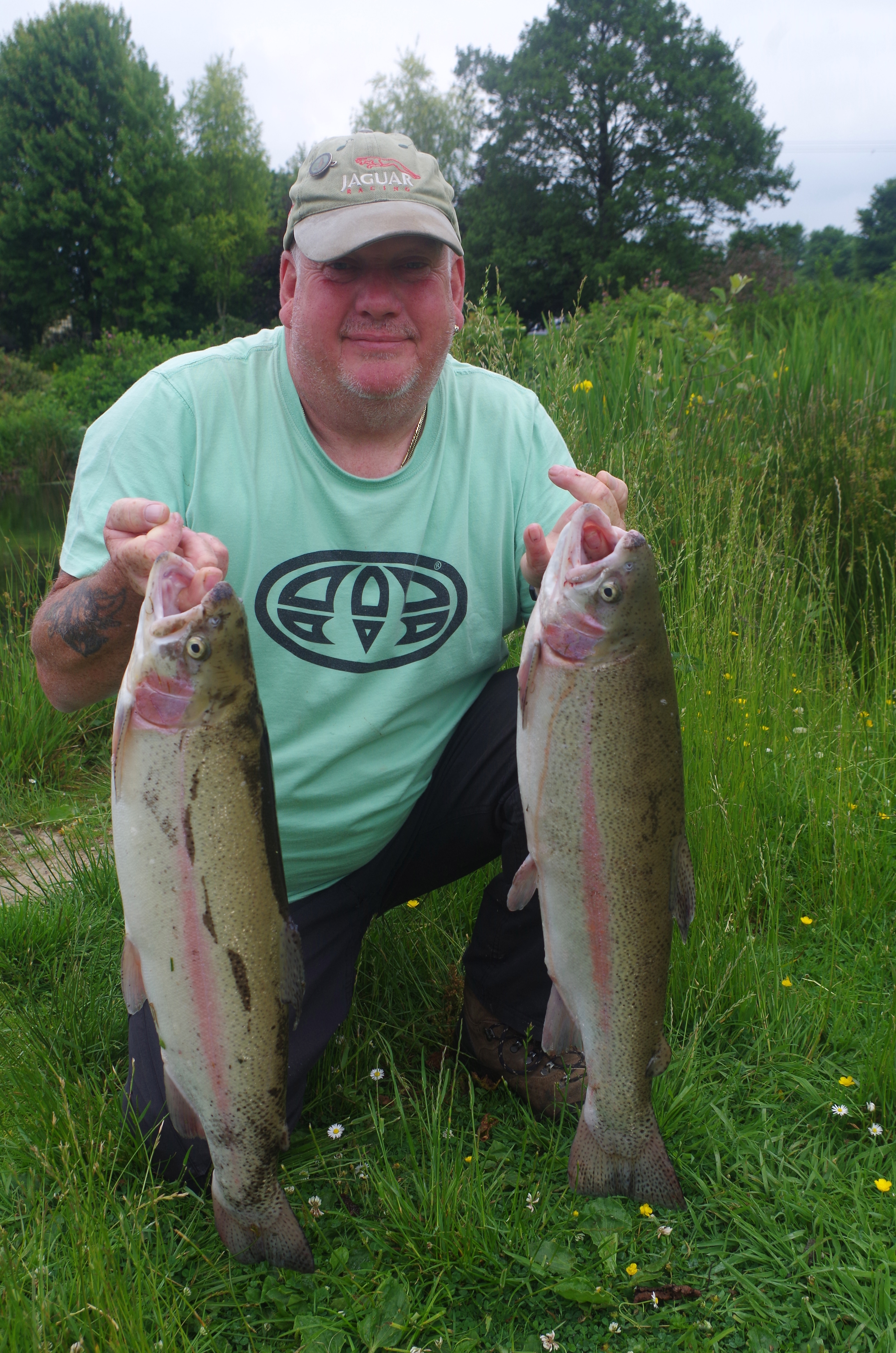
(Below) Julian Chidgey got in on the action too and caught a stunning 19lb Linear and mid double Grass Carp from the Main Lake and two 15lb Mirrors from the Octopussy. Julian used his favourite helicopter set up with short pop up rigs and Tor baits Squido.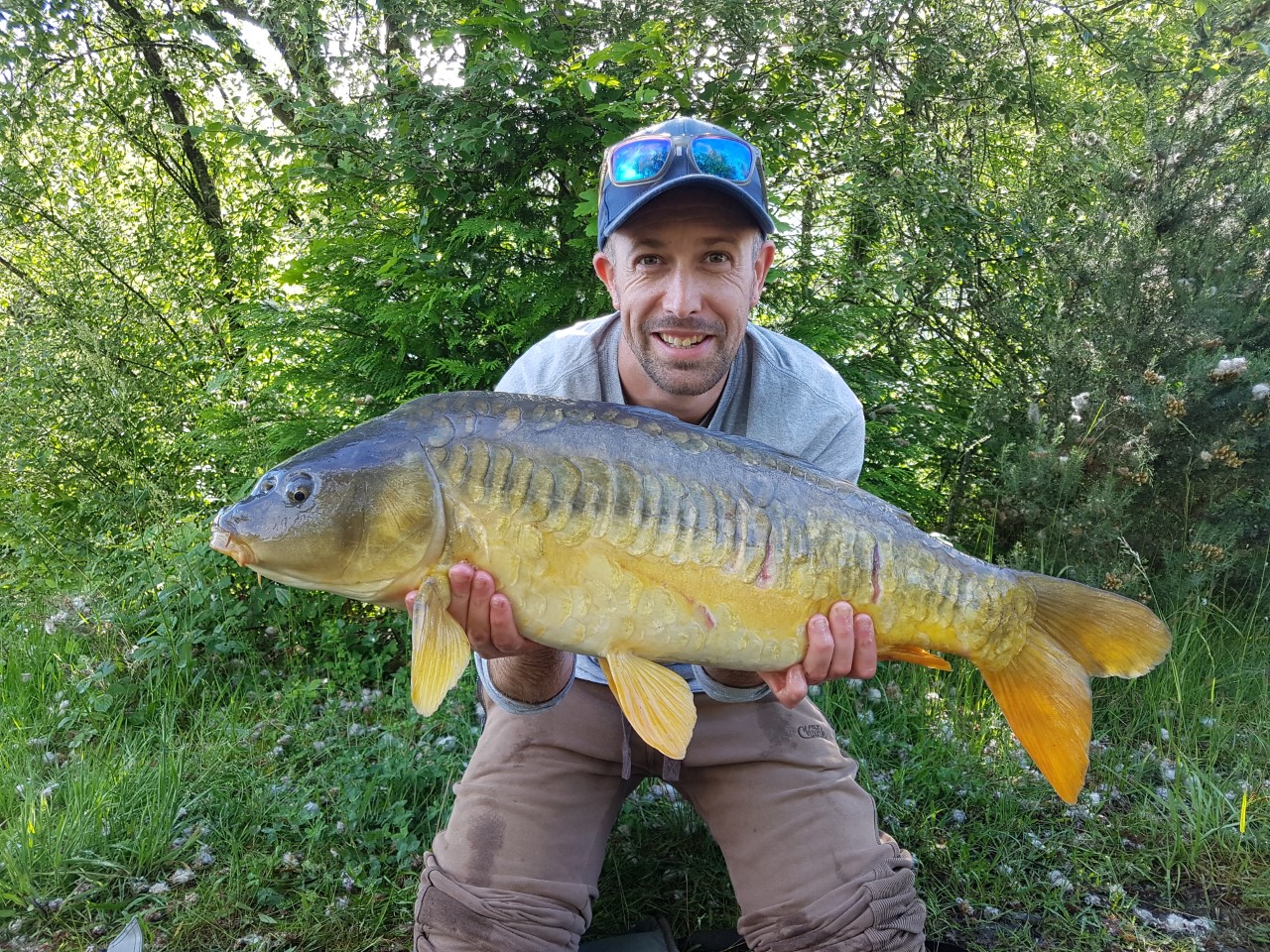
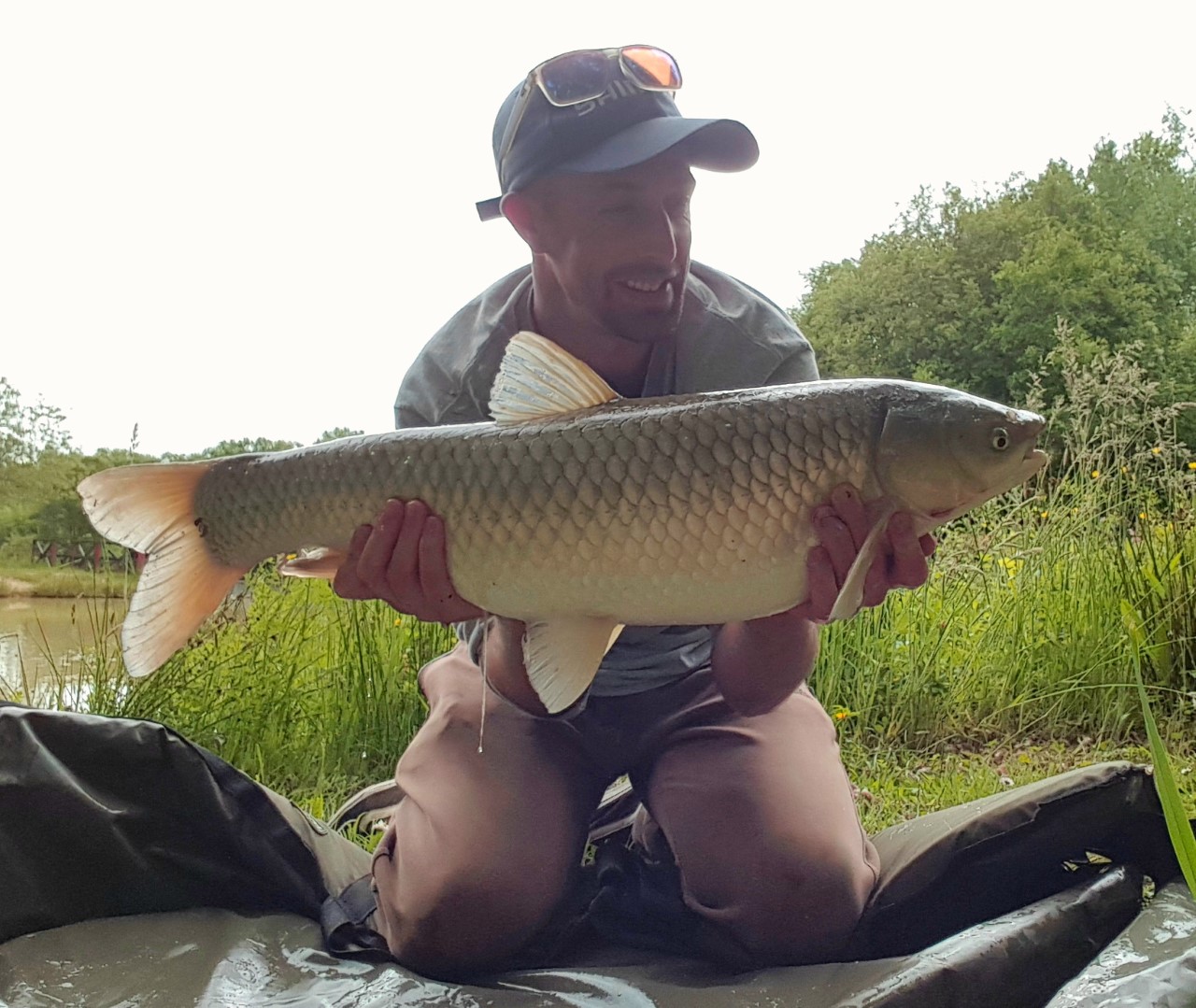
(Below) Simon Winters tried to keep this catch quiet but his friend shared his catch for him! Si caught a personal best 42lb Mirror from Nirvana’s Kracking Carp Lake – we believe it’s the Parrot.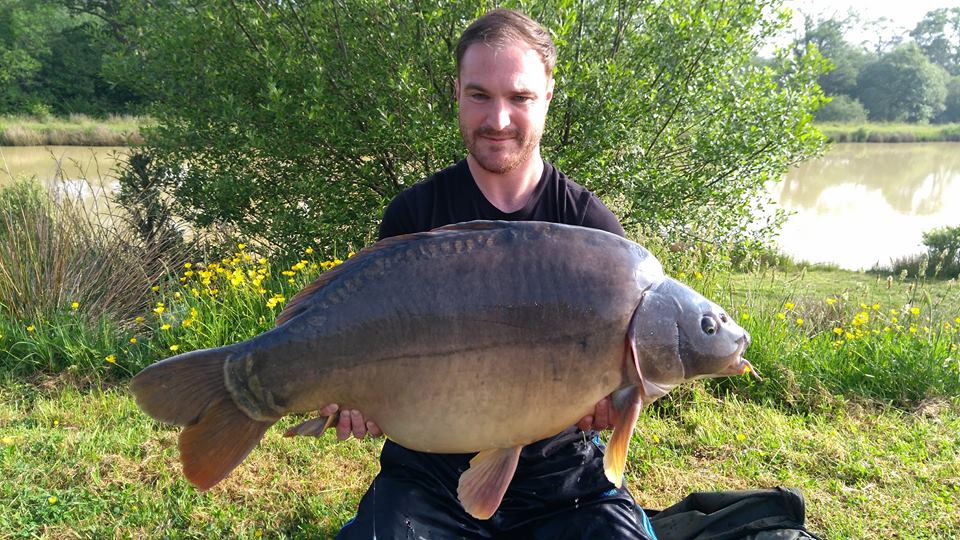
(Below) A COUPLE WIN♥ – The standard of fish of the week entries was so high that we had a draw, and what made it more special is that it was a tie between Ben Taylor AND his girlfriend Bex Nelson with 2 amazing catches! Bex caught this stunning 20lb 4oz fully scaled Mirror from the Main Carp Lake using Urban Baits Nutcracker and Ben caught the most beautiful personal best 8lb+ Koi Carp from the Koi Lake off the top on bread – amazing pictures too!
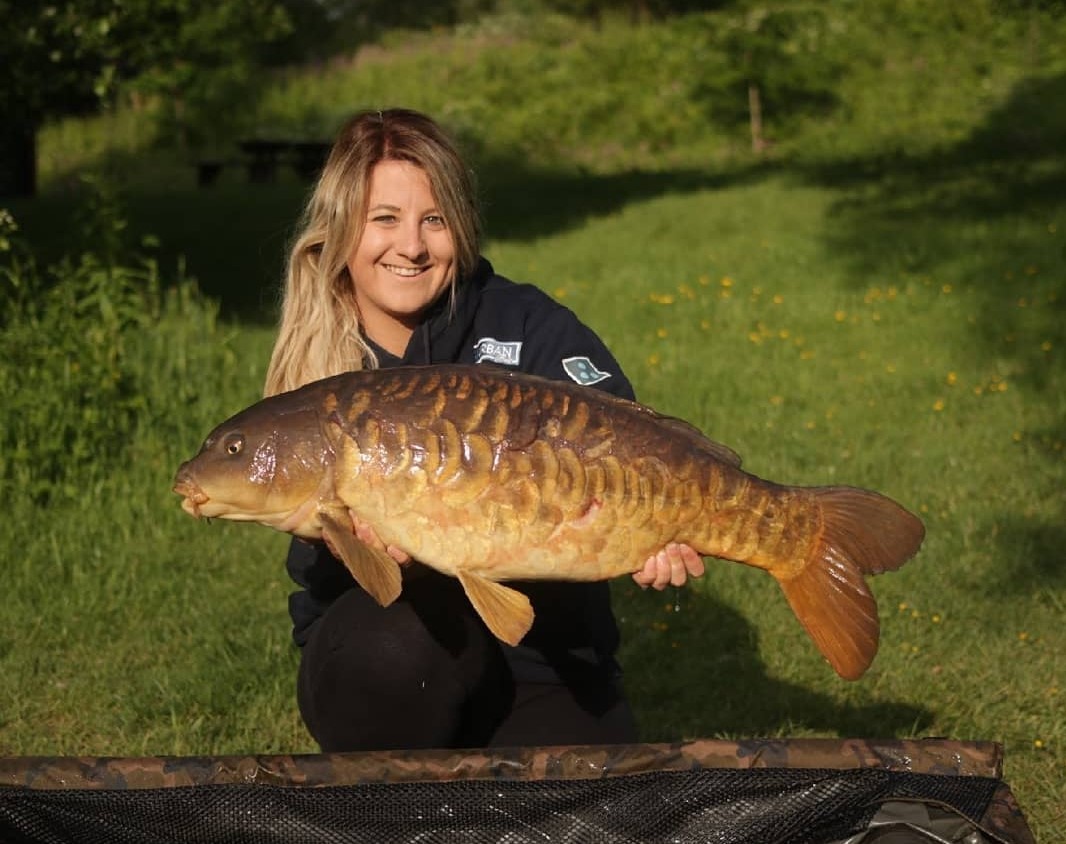
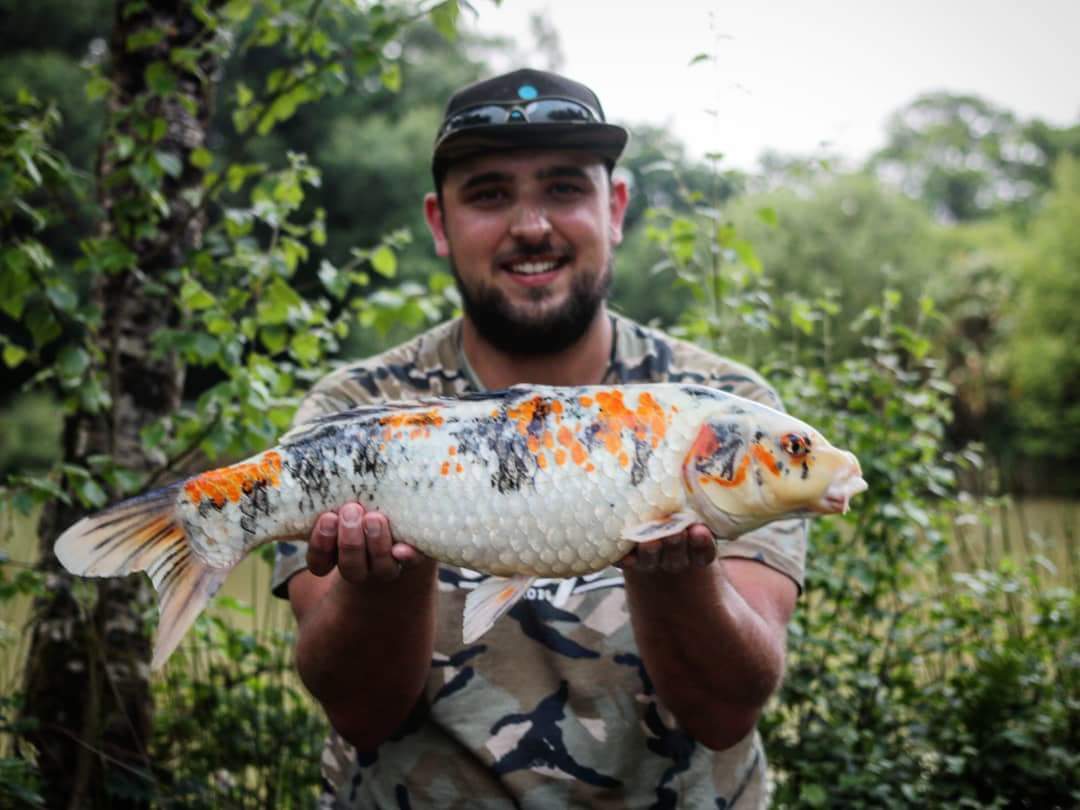
(Below)Ryan Owen had a fantastic week of fish, catching a 24lb Common, 20lb 8oz and 19lb 13oz fully scaled Mirrors from the Main Carp Lake, a 20lb Mirror from Nirvana’s day ticket Fat Boys Lake and a 20lb 2oz Fully scaled Mirror from the Specimen Carp Lake. Ryan was sing responsive baits, the code boilies on 8inch rigs fished snowman style on a white citrus pop-up.
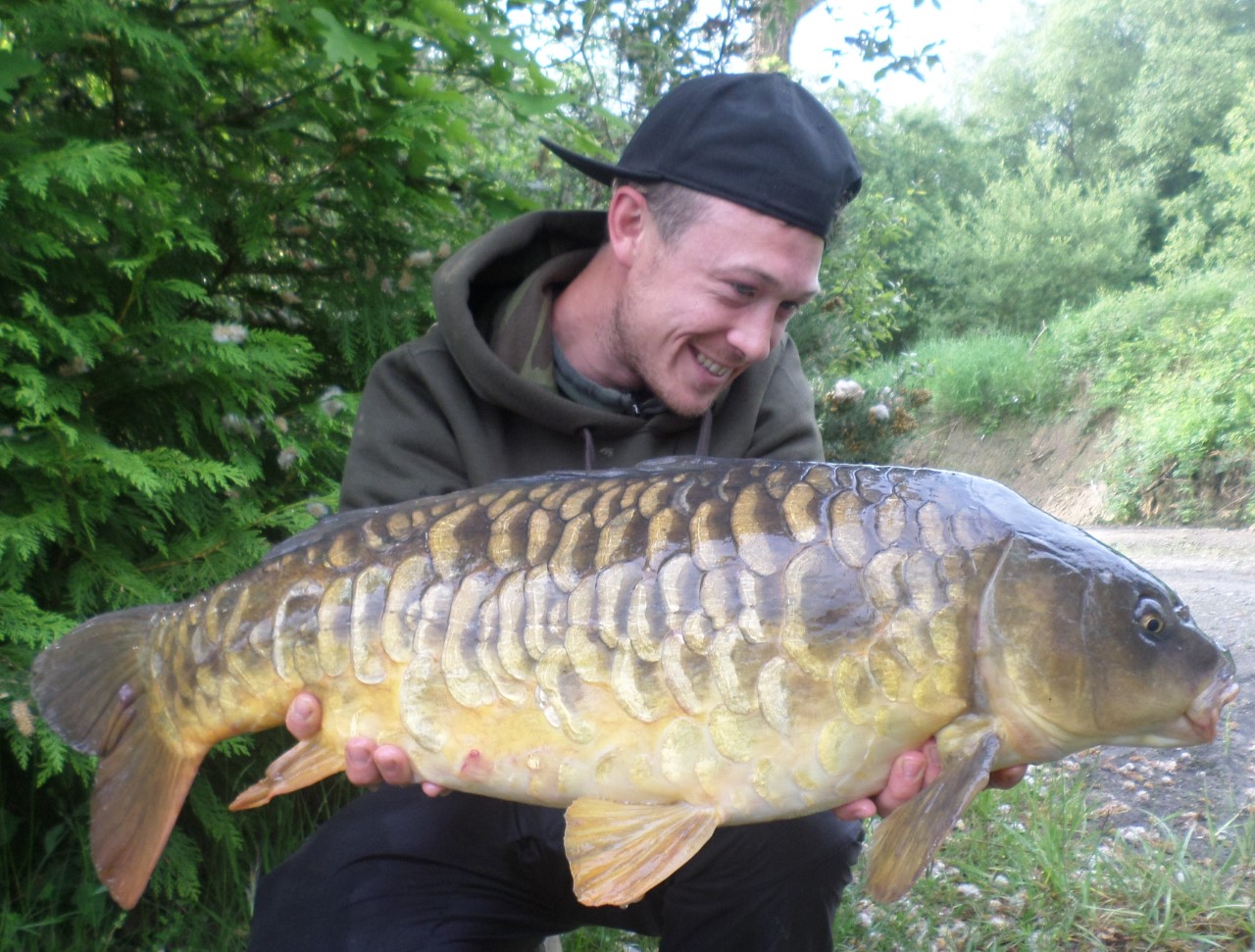
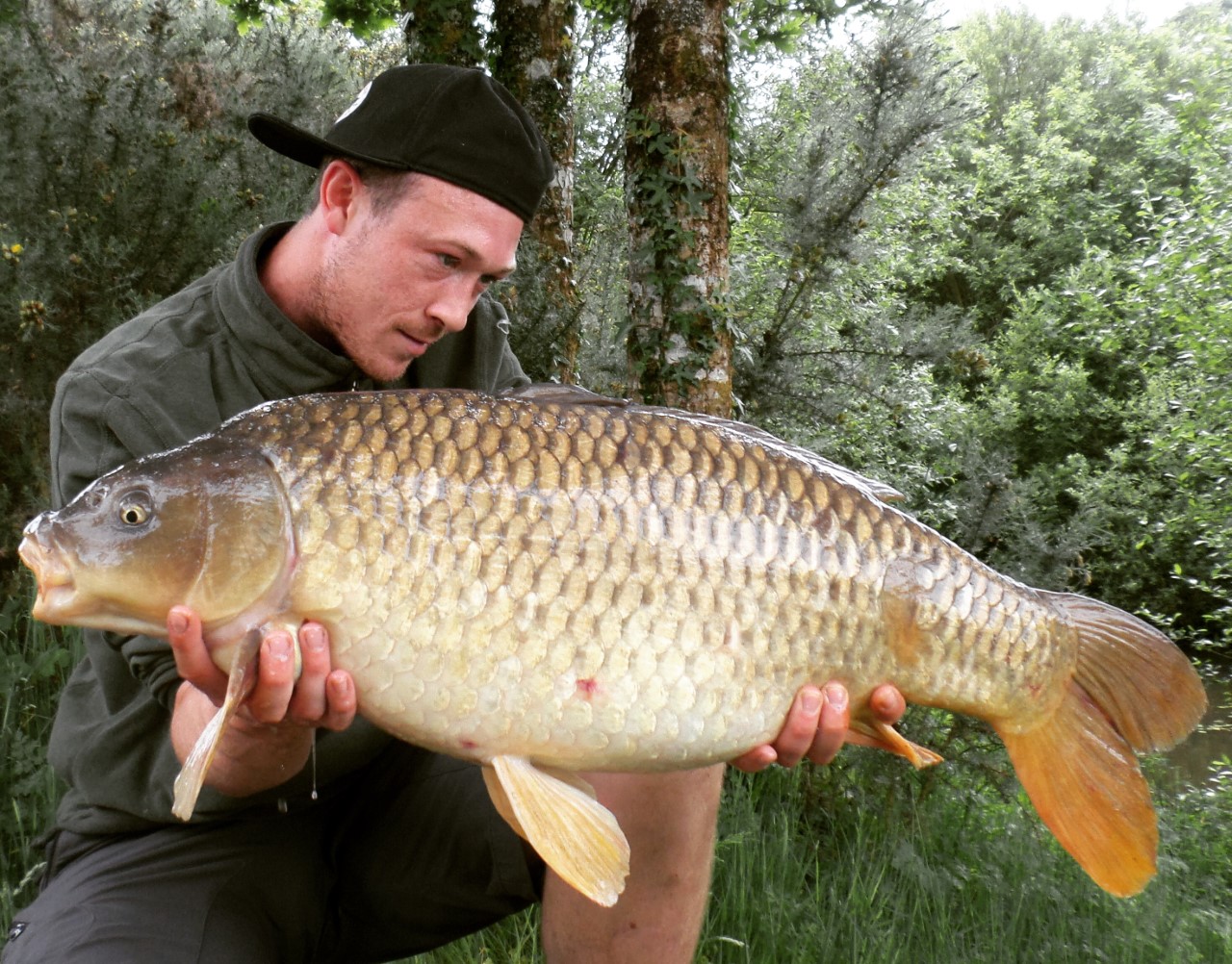
(Below)Thomas Gibson caught a lovely looking 22lb 12oz Mirror from the Main Carp Lake at Anglers Paradise which is a new personal best for him using a white pop up!
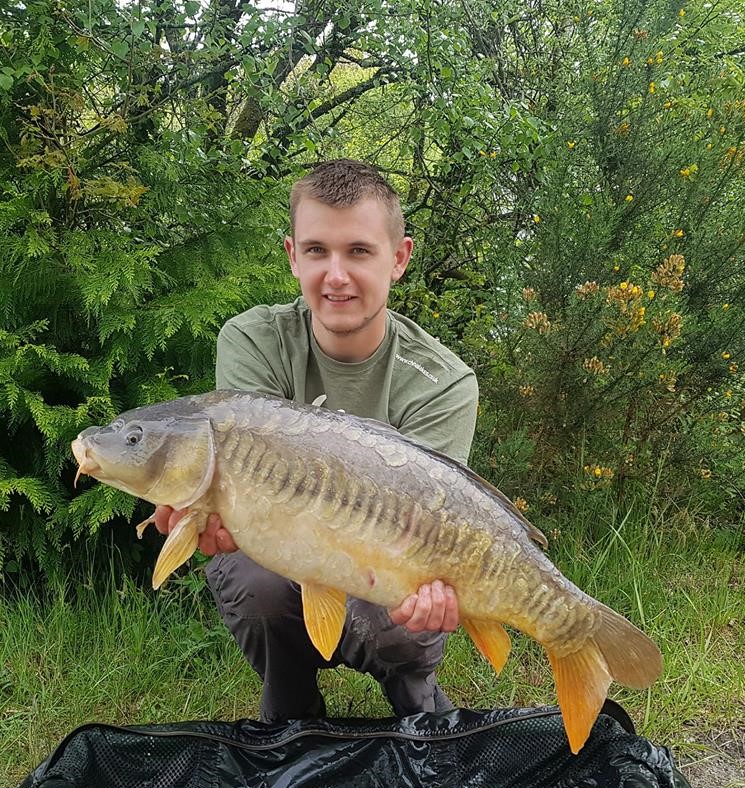
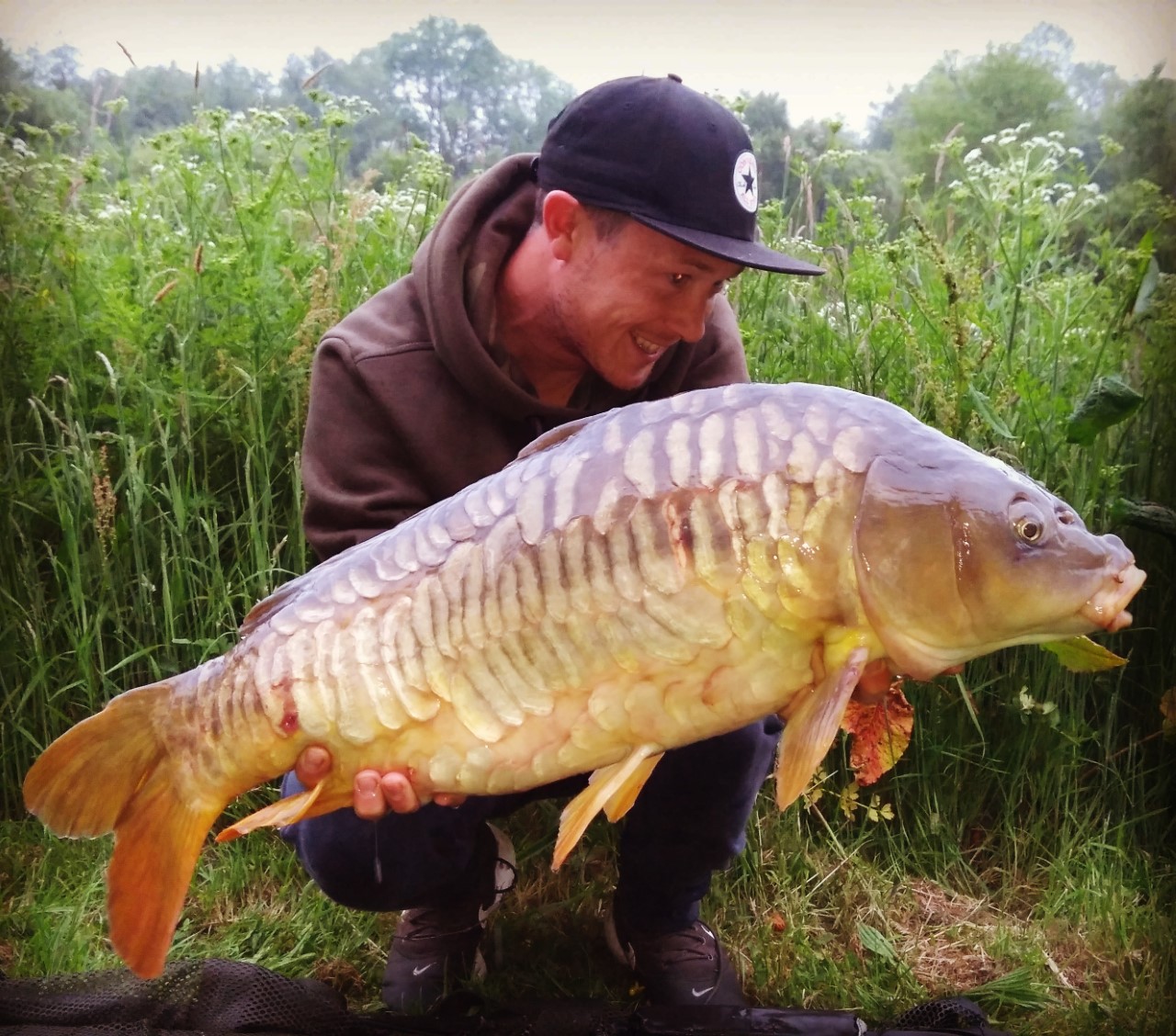
(Below) Jacob Judges, 10, from Rochester, Kent, truly had a great week with us catching not 1 but 2 personal bests!! Jacob caught a PB 24lb Common from Nirvana’s Day Ticket Xanadu Lake AND a PB 18lb 11oz Grass Carp from the Main Carp Lake, his Dad was very proud!!
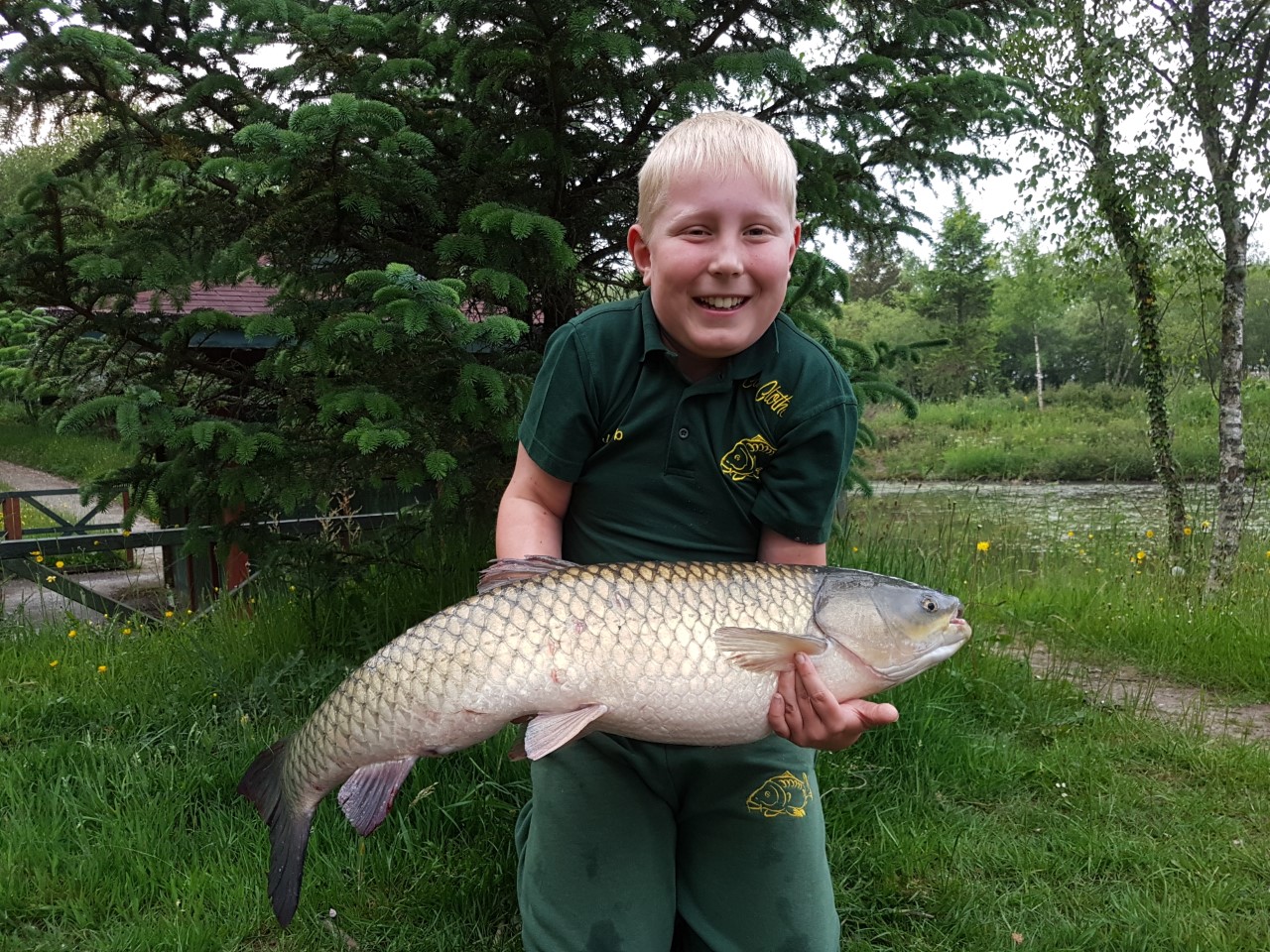
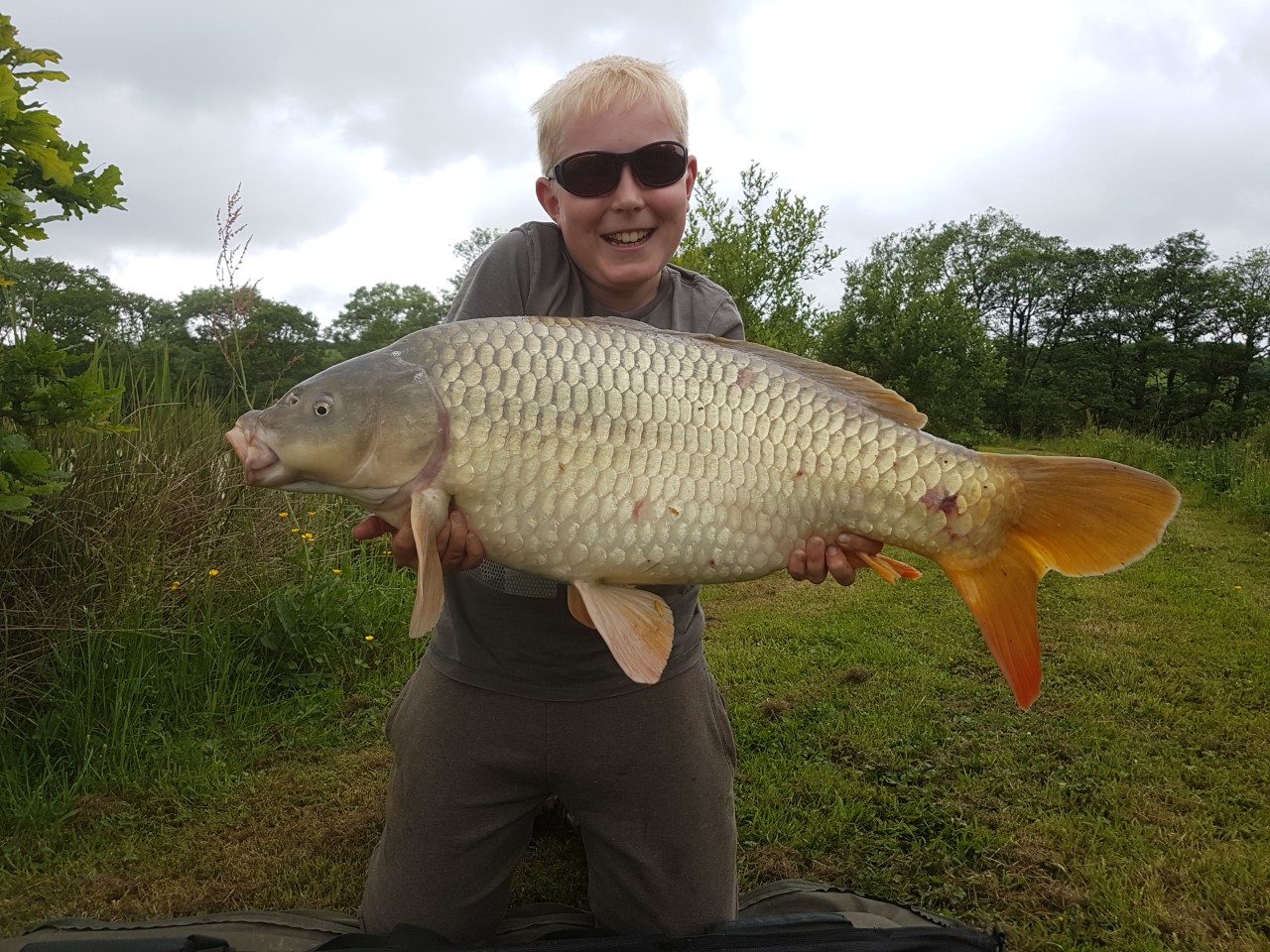

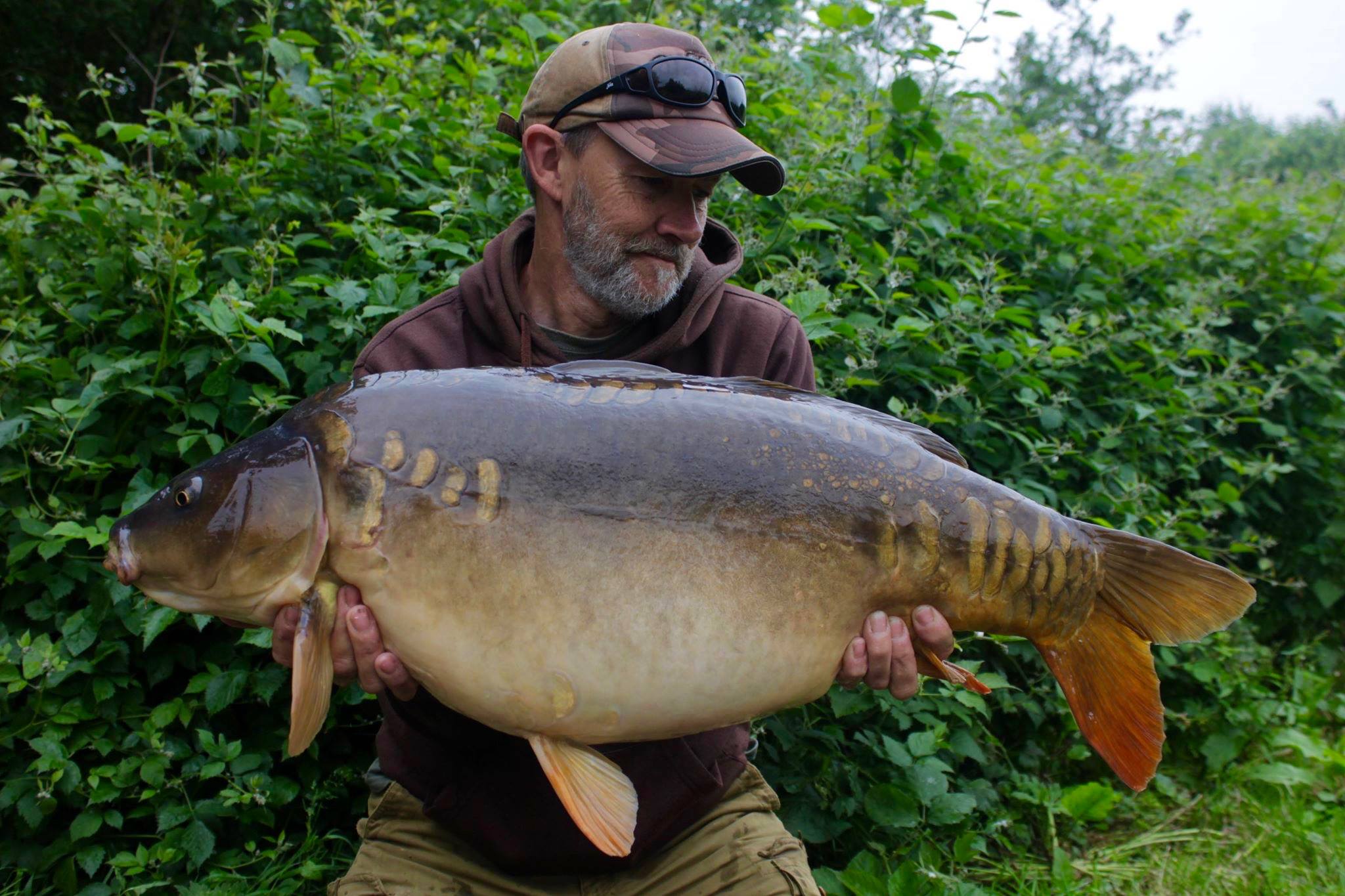
Steve Pinn is now part of CR Baits and enjoyed recent success at Furzebray banking a fine carp known as Pearly at 29lb 10oz
With everything packed away except for rods and bed I was resigned to my fate of blanking but thought I’d give it another hour. Then out of the blue this beast, a fish known as ‘Pearly’ came along. To say I’m chuffed is an understatement. She went a spawned out 29lb 10oz not quite the elusive 30 but what the heck.
As is the norm these days, CR Baits 12mm pastels (white) did the job on the trusty Ronald Mc Don’ over CR1 chops and particle.
Great angling Steve and thanks for the report.
www.crbaits.co.uk